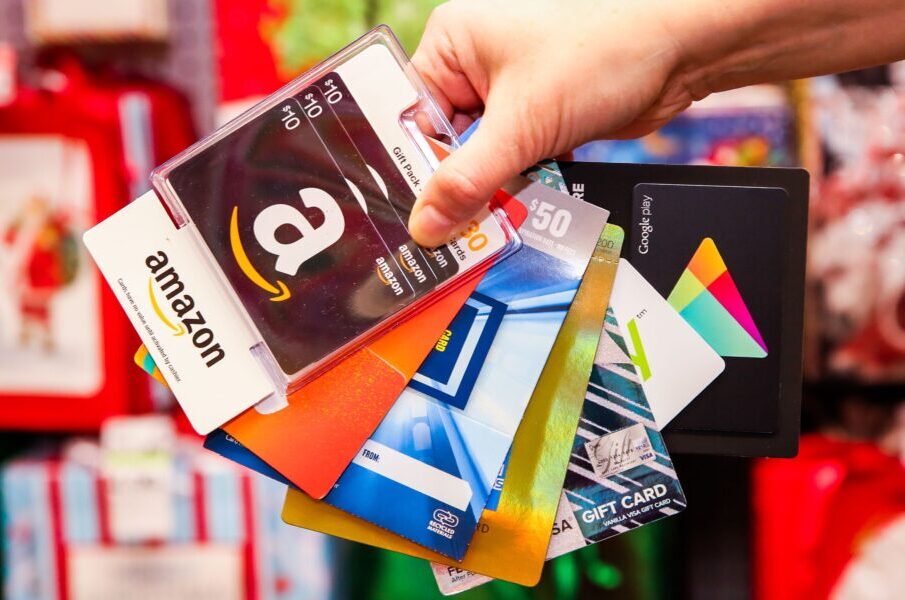What makes some gift card designs more appealing than others?

Gift card designs vary widely in their visual appeal and effectiveness. The most successful designs combine aesthetic elements that catch the eye while communicating their purpose and value. These designs aren’t random; they result from deliberate choices of colour, imagery, typography, and layout that work together to create an appealing package. Custom gift card options have expanded dramatically in recent years, with giftcardmall.com/mygift allowing personalised designs that connect more deeply with recipients. This customisation trend reflects a growing recognition that the presentation of a gift matters almost as much as its monetary value, particularly for special occasions when emotional connection matters most.
Colour psychology in action
Colours evoke specific emotions and reactions that skilled designers leverage strategically in gift card creation:
- Red and gold combinations trigger feelings of luxury and celebration, making them popular for premium gift cards
- Blue tones convey trust and reliability, appearing frequently in financial and technology gift cards
- Pastel palettes appeal to younger demographics and casual gifting occasions
- Monochromatic designs with subtle colour variations create sophisticated, upscale impressions
- Contrast between dark and light elements improves readability while creating visual interest
Colour selection extends beyond aesthetics to practical concerns. Gift cards must remain legible in various lighting conditions while maintaining visual appeal. The most successful designs balance vibrant colours with sufficient contrast to ensure important text remains readable regardless of the environment.
Visual hierarchy matters
Gift card designs must guide the viewer’s eye in a specific sequence to be effective. The card’s purpose should be immediately apparent, with branding and denomination information positioned prominently. Secondary details like terms, expiration information, and redemption instructions require inclusion but should never compete with primary elements. This visual ordering affects how recipients perceive and value the card. Cards with cluttered designs that hide crucial information create confusion and diminish perceived value. Clean designs with clear visual pathways enhance the gifting experience by immediately making the card’s purpose and value apparent without requiring effort to decode.
Typography tells a story
Font selection dramatically impacts gift card appeal. Script fonts convey elegance and a personal touch, making them suitable for celebration cards. Sans-serif fonts project modernity and cleanliness, aligning with technology brands. Serif fonts convey tradition and reliability, working well for established retailers. Text size and spacing affect both readability and perceived quality. Cramped text with minimal margins creates an impression of cheapness, while balanced spacing with properly sized text elements suggests quality and attention to detail. The most appealing designs maintain consistent typographic hierarchies where headings, values, and secondary information receive appropriate visual weight.
Material and texture considerations
Physical characteristics significantly influence the perceived value of gift cards. Heavier stock materials with substantial weight create premium impressions compared to lightweight alternatives. Textured finishes like soft-touch coatings or selective gloss treatments add tactile dimensions that enhance the unboxing experience. Special finishing techniques like foil stamping, embossing, and spot varnishes create visual and tactile interest that elevates perceived value. These premium techniques transform standard plastic cards into memorable objects that recipients appreciate receiving and displaying. The physical experience of handling a thoughtfully designed card becomes part of the gift itself, extending its emotional impact beyond the monetary value it represents.











